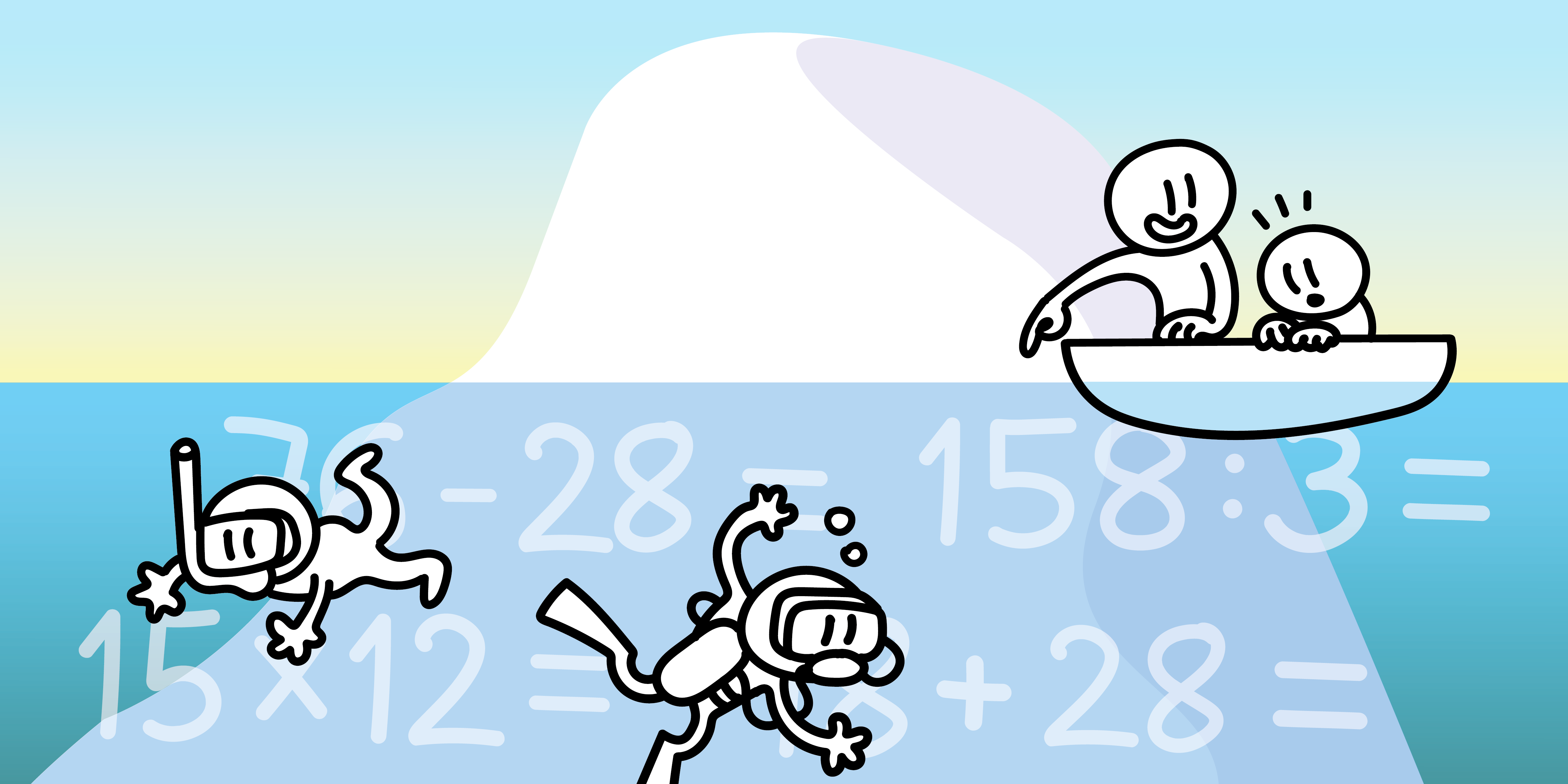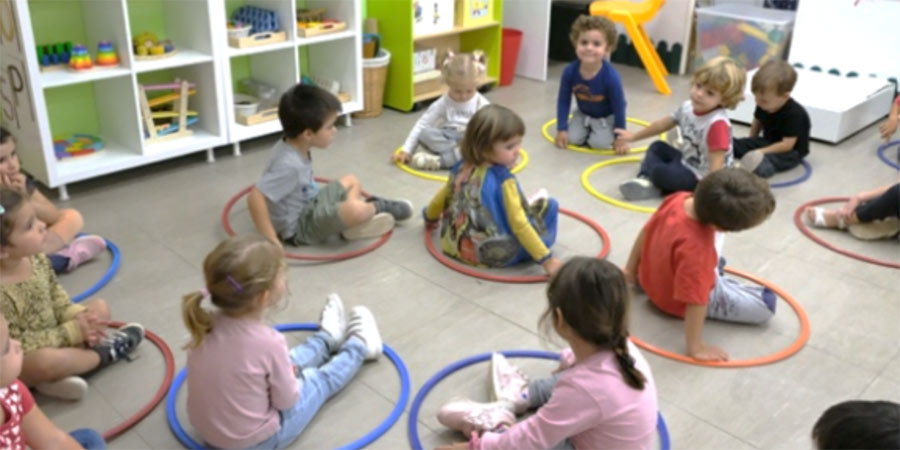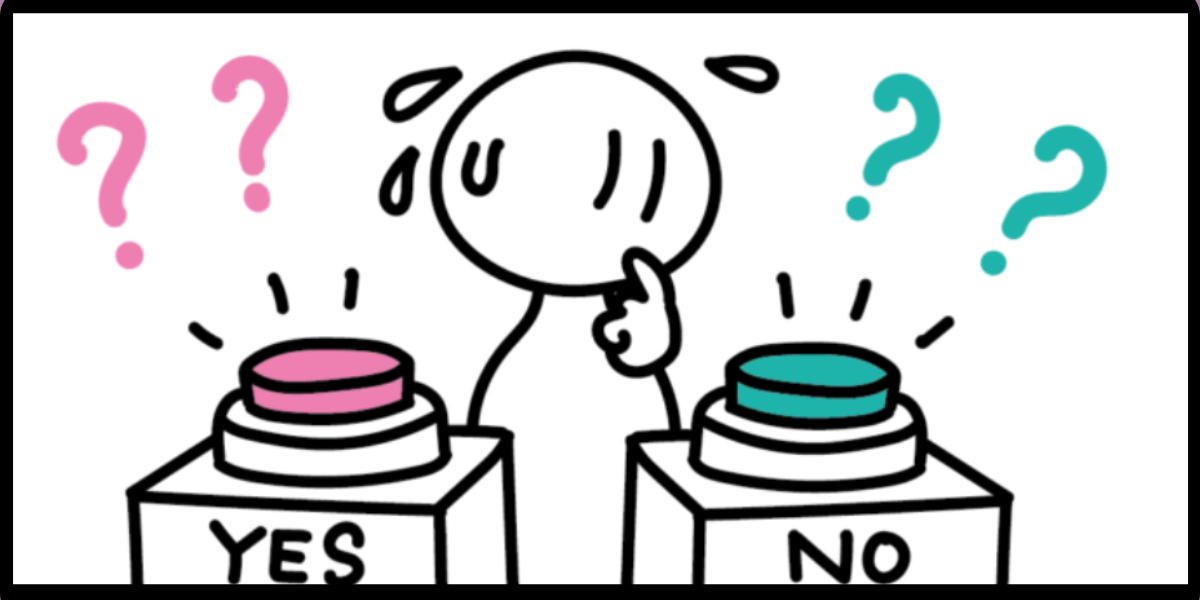This is how I usually begin my Math PD sessions for elementary and my course to preservice teachers at the university. I simply ask, “What is a problem?”
So, what do you think?
This question serves me to break the ice and explore how the audience understands a word that has multiple meanings, a word that has transcended mathematics and found a place in our daily vocabulary. And yet, it’s a word that’s key to diving into state standards, math practices, teaching guidelines and programs that put problem-solving front and center, shaping the way we approach teaching math. Let me share with you some of the most common answers I get.
“A written statement with an operation to calculate.”
“A task with a context.”
“Anything to solve.”
“What takes us time to solve.”
Usually, it’s a combination of these answers. Therefore, I guide the discussion by making a list of problem traits accordingly:
- Word statement
- Calculation
- Context
- With a solution
- Time-consuming
Then, I ask for an example. During my last training session, this one was suggested:
Today, we will be 7 people for lunch. If we know that each person will eat 2 sandwiches, how many sandwiches do we need to prepare?
Let’s go through the checklist. It has a written statement, it implies a calculation, it has a context, and it requires a solution. This example might not be time-consuming for us, but that is only because just a few guests are coming for lunch, and they are not very hungry, right?
Nice. We went through the list. Apparently, we do have a problem indeed. Next, I asked the audience to solve it.
“So, how many sandwiches are we preparing?”
“14.”
“How do you know?”
They look at me as if I asked whether the sky is blue.
“Because it’s obviously seven times two.”
“Obviously. I agree. So, was this a problem for you?”
At this point, while they were thinking about it, I quickly improvised this on the whiteboard:
While saying, “If I now ask you to come and solve this, would it be a problem for you?”
Many laugh nervously before admitting that it would. But it has no context, no word statement…
Now you see where I’m going, right? So does the audience. They realize that their answer, and the list of traits, is biased by the school tradition of dealing with the confusingly so-called word problems.
The danger here is that, every time we read the words: problem or problem-solving in the official standards or any other resource, we might be missing its true meaning. How can we foster problem-solving skills if we are misinterpreting its definition?

What research says
Let’s see briefly what some reference authors have to say. In a great recent article, Foster (2023, p. 2) explains that we consider a mathematical task to be anything mathematical that we ask our students to do, and we divide tasks into routine tasks and non-routine tasks. Routine tasks, termed exercises, are invitations for students to imitate a taught method. Therefore, a non-routine task, or problem, is “a task for which the solution method is not known in advance” (NCTM, 2000, p. 52). Liljedahl (2020, p. 26) writes it in even simpler terms: “problem solving is what we do when we don’t know what to do”.
Therefore, whether a task is or isn’t a problem depends primarily on whether the person facing it already has a resolution strategy, or not. Be careful! This distinction between an exercise and a problem is independent of the effort the task demands. As Foster also explains (2023, p. 4), “A task may be routine but hard. For example, multiplying two 5-digit numbers together would be hard, but completely routine for someone well-acquainted with the long multiplication algorithm.”
Let’s go back to the sandwiches’ word “problem”. Is it really a problem? If you are a 1st grader not fully acquainted with addition, you might find it non-routine. Then it would be a problem. Once you are able to read and understand the statement, though, it looks more like an exercise to practice multiplication. Most of the tasks that are problems today are eventually going to become exercises to us, as we develop problem-solving skills.
Does this always happen? Well, yes and no. Of course, the skills of the solver are always to be considered, but that does not necessarily mean that we can’t find tasks which are great to develop problem solving skills at several grades or ages. Take this classic example of views:

Students from kinder can start thinking about the task, trying, and building with manipulatives. And we’ll be happy if they find one possible solution. Older students, and even adults, can struggle to find all the solutions. What is the maximum amount of cubes? And the minimum? Can we build this shape with any amount of cubes in between? Etc. Of course, the way we use questioning in the classroom lessons is also fundamental, but we can explore that in future posts.
In any case, in my experience, such tasks are the best ones to share with teachers in a PD session. They make us think, struggle, and therefore feel what solving problems—and ultimately, thinking mathematically—is about. And that’s beautiful.
Why are problems so important?
I once wrote that problems are to mathematical activity what mountains are to mountaineering. They represent the peak, but also the journey, the path to the top. They embody the effort and at the same time, the reward of beholding spectacular views. They are a challenge waiting to be overcome. They are indispensable. Solving a problem you struggled with is deeply satisfying. Engagement comes directly from that feeling.
However, should we get rid of any exercise in our math classes? Well, it depends on your purpose. Exercises are interesting if we want our students to practice algorithms and procedures. Word “problems” are key to also practicing reading comprehension. Additionally, many official state tests still focus on such tasks, so for the time being it may be good that our students familiarize themselves with them. As we always say at Innovamat, start by avoiding devoting all your time to the same kind of routine tasks. Be open-minded. Try new things. And above all, keep in mind that math is much more than just numbers and operations.


Eventually, most of our class time should be devoted to “problem-solving”—what Liljedahl (2020) calls thinking classrooms—, where discussion, argumentation, search for strategies, connections and reasoning arises. As the author says, “Problem solving is a messy, non-linear, and idiosyncratic process. Students will get stuck. They will think. And they will get unstuck. And when they do, they will learn—they will learn about mathematics, they will learn about themselves, and they will learn how to think.” (Liljedahl, 2020, p. 20)
You might now feel concerned because you think that most of your tasks are exercises (including word problems). What can you do about it? In the long term, work to foster a problem-solving environment. In the short term, I invite you to come with me to see four strategies to enrich and recycle some of such traditional exercises, through examples.
References
Foster, C. (2023). Problem solving in the mathematics curriculum: From domain‐general strategies to domain‐specific tactics. The Curriculum Journal, 213. https://doi.org/10.1002/curj.213
Liljedahl, P. (2020). Building thinking classrooms in mathematics, grades K-12: 14 Teaching Practices for Enhancing Learning. Corwin Mathematics.
National Council of Teachers of Mathematics (NCTM). (2000). Principles and standards for school mathematics. NCTM.
Further References
Hiebert, J., & Wearne, D. (2003). Developing understanding through problem solving. In Schoen, H. L. i Charles, R. I. (Eds.), Teaching mathematics through problem solving (pp. 6–12). Reston, VA: NCTM.
Pólya, G. (1945). How to solve it. Princeton University Press.
Schoenfeld, A. (1992). Learning to Think Mathematically: Problem Solving, Metacognition, and Sense Making in Mathematics. In Grouws D. A. (Ed.), Handbook for Research on Mathematics Teaching and Learning. Macmillan Publishing Company.
Schoenfeld, A. H. (2007). Problem solving in the United States, 1970–2008: Research and theory, practice and politics. ZDM, 39(5), 537-551. https://doi.org/10.1007/s11858-007-0038-z
Schoenfeld, A. H. (2014). Mathematical Problem Solving. Elsevier Gezondheidszorg.






